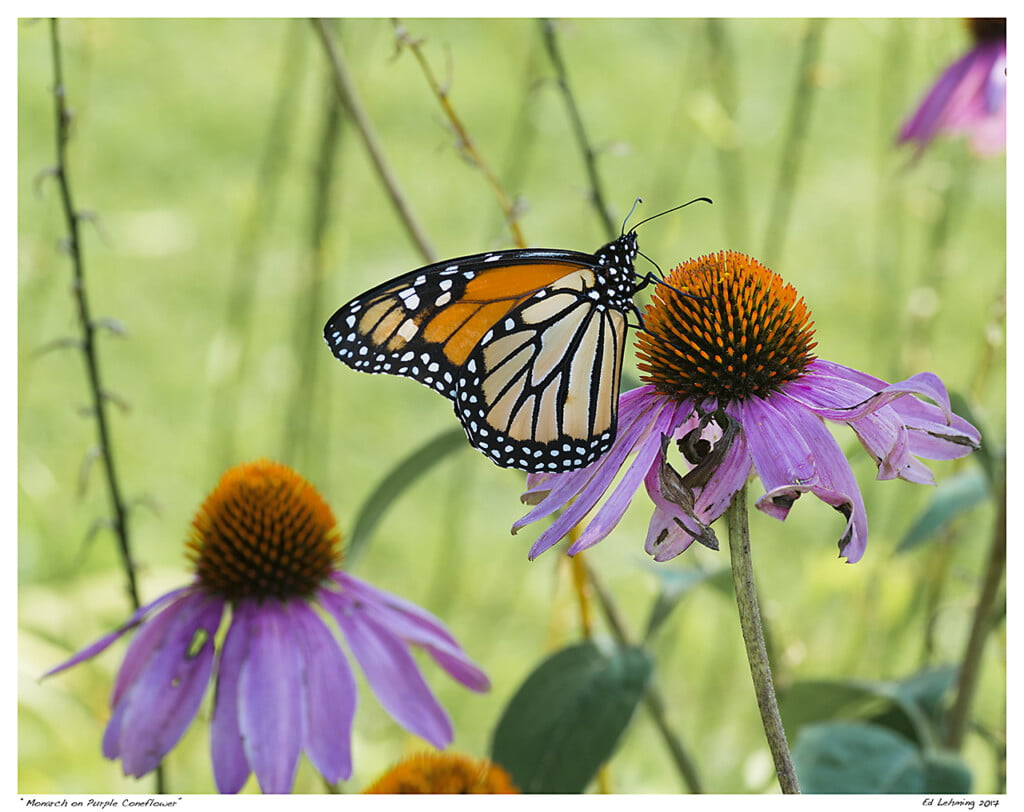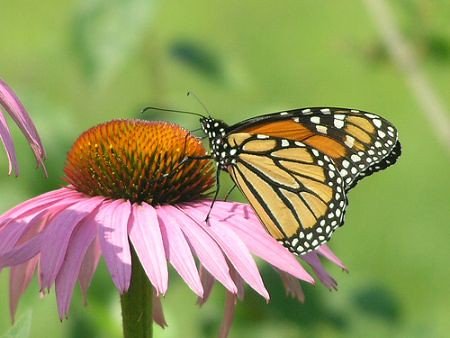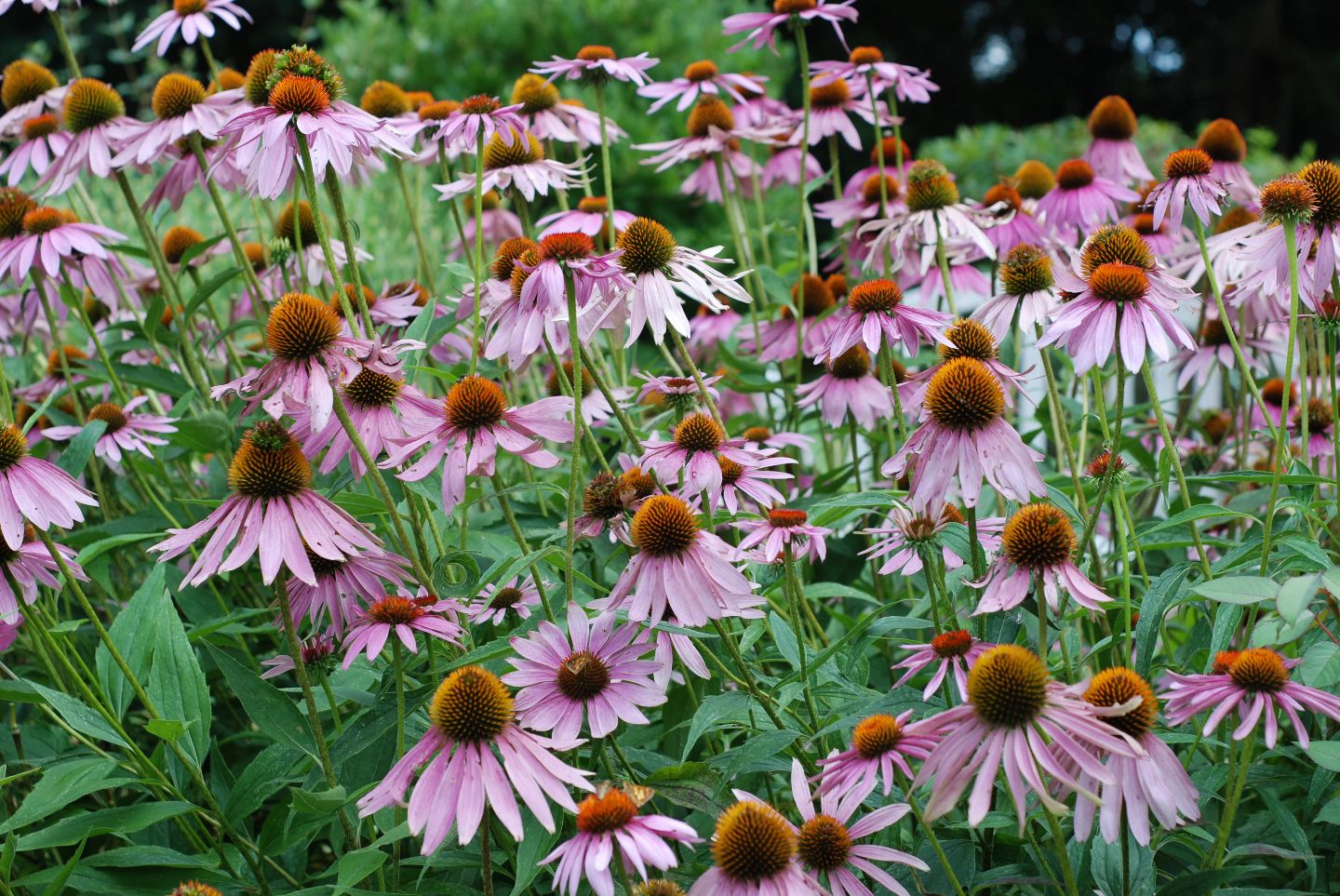NOTE: Purple Coneflower is endangered in Florida. Better might be to buy sustainably-sourced Echinacea tea.
The Purple Coneflower, scientifically known as Echinacea purpurea, is not just a vibrant spectacle for our gardens, attracting a colorful array of butterflies and pollinators. It’s also a plant deeply rooted in North American indigenous traditions, especially for its medicinal properties. One of the most popular ways to utilize this beautiful flower is by brewing it into a tea.

Here’s how to make Echinacea tea from Purple Coneflowers and a glimpse into its historical significance.
Native American Uses of Echinacea:
Before delving into the brewing process, it’s essential to understand the deep-rooted history of Echinacea in Native American culture. Many tribes, including the Lakota, Cheyenne, Pawnee, and Sioux, have long revered the Purple Coneflower as a universal remedy. It’s believed to have been used for everything from treating infections and wounds to combating the common cold. The aerial parts of the plant – the parts that grow above the ground, especially the flowers – were frequently used in traditional preparations.

The Butterflies and Pollinators Connection:
While we cherish Echinacea for its health benefits and vibrant display, it’s pivotal to remember its ecological importance. Purple Coneflowers are a magnet for butterflies, bees, and various pollinators, providing them with a rich nectar source. When you grow and harvest Echinacea in your garden, you’re not just looking after your well-being but also supporting local biodiversity.


50 Purple Coneflower Seeds (Echinacea purpurea) for North America
Purple Coneflower Seeds (Echinacea purpurea) for all of North America. USDA Zones 3-9. More than 50 seeds.
